Artist Cindy Christensen emailed us some pictures of several mosaic projects that she collaborated on with her woodworking husband, and I wanted to share them because they are all well executed and colorful. They are also great examples of how you can improve your mosaic art by partnering with someone who has more power tools or shop knowledge than you do.
Cindy says her husband made the wooden coasters and the birdhouse and the other sculptural bases, and that he helps with sanding window frames and other bases for her mosaics.
Since we also receive pictures of distressed projects from people needing advice on how to salvage the situation, I wanted to talk about the problem of accidentally misdirecting the handy person helping you and how to avoid it.
First here are some reasons why you should collaborate:
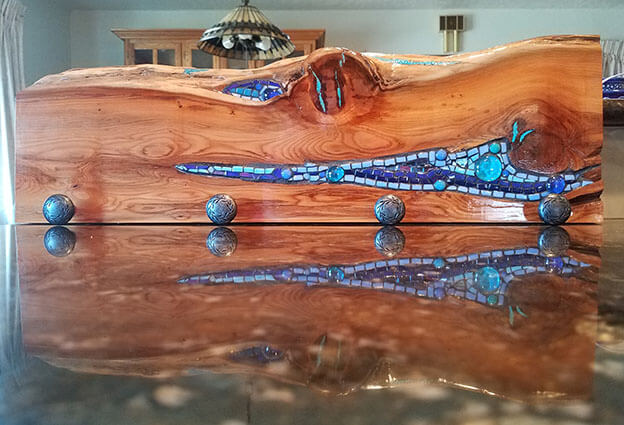
Doubts about Collaborating
Most novice mosaic artists think only in terms of projects that they can create with their own hands from beginning to end, and that is perfectly natural.
Even advanced artists can have issues letting someone else do part of the work. There are reservations about a possible loss of control of some aspect of the project (a reasonable concern) , and reservations about the project not being their own work and somehow less genuine if someone else is involved, even in a supporting way.
These second reservations about the art not being the artist’s personal creation if someone helps with some aspect of the project are less valid.
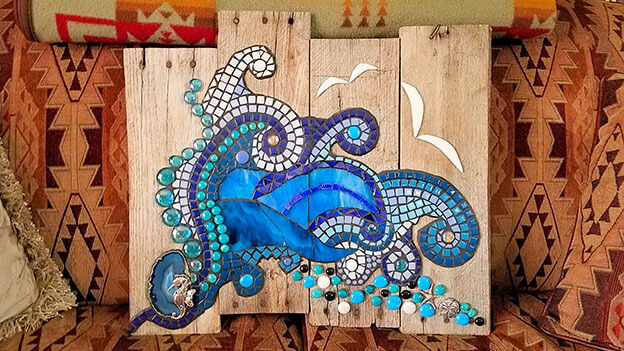
It’s Still Your Art
Look at it this way: You didn’t make the tile, but that doesn’t change the fact that the mosaic is your very own creation and is probably different than it would be had anyone else made it. Why not let someone else make the frame or the sculpture that the mosaic goes on?
Collaborating with someone else to provide the object what “holds” the mosaic allows you to focus on the mosaic itself, and God knows that even a small mosaic can be more than enough work and more than enough opportunity to show off your artistic skill.
Also, most new mosaic artists don’t think enough about how their mosaic will be displayed. Working with a collaborator who makes something to hold the mosaic forces you to talk about the issue and not treat it as an afterthought.
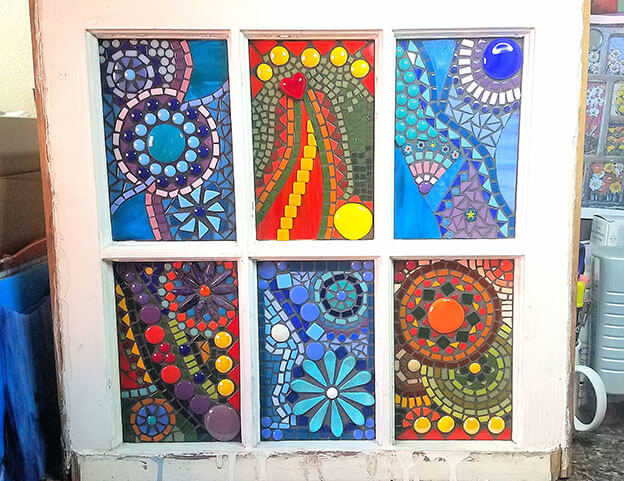
Ask Around
You don’t have to know how to use a plunge router or belt sander or even what those things are. You don’t even have to have a friend or partner who knows about them either.
All you need to do is find someone who does, and that’s not hard to do if you extend your social circle just one degree of separation. What about your friend’s partners? What about your partner’s friends? What about someone at work?
Ask around if you don’t know how to make something or have the power tools to do the job, and don’t assume that what you are asking for is some huge favor.
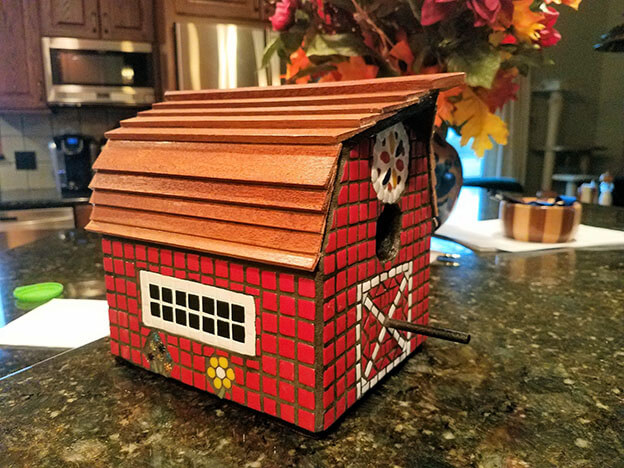
Quick and Easy
For people who know how to use power tools, what you need might be relatively simple and take only 10 or 15 minutes.
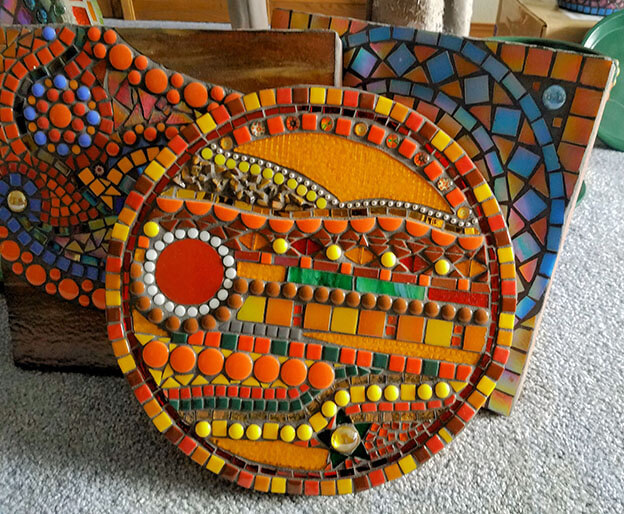
Avoid Misdirection
Since your project is original artwork and not a generic functional item, the handy person helping you might be inclined to follow your directions against their better judgment because it is art, and they assume you know best what art you want made.
But that’s just the point. You might know what you need made, but that isn’t the same is knowing the best way to make it in terms of efficiency, durability, safety, etc.
You can also mess up the art that way, your vision.
Yes, you can recommend a method that guarantees you can’t get the look you had in mind –or that leaves you with some feature you would have avoided if at all possible!
Avoid misdirection. Tell your collaborator when you are only speculating about the method or material or tool that should be used and ask them how they would make or do whatever. Call attention to details you are unsure about and ask them for advice.
Remember, people have emailed us pictures of their distressed projects for over 15 years asking for advice, and we sometimes see stuff that is falling apart or cursed with some unfortunate decisions.
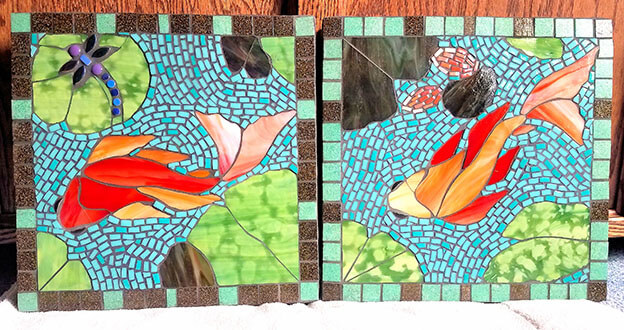
Feel free to recommend original methods or odd ways of doing things to get unique results, but listen to your handy person’s feedback, particularly when it concerns durability and particularly when the mosaic is for outdoors.
Take the time to describe the look you are wanting and wanting to avoid, especially if you are asking that the handy person to deviate from standard practices.
TIP: If you feel like you are out of your depth, stick to aesthetics, dimensions, and specific requirements such as “Width can vary between 12 and 18 inches for most of the length, but I don’t want it wider than 10 inches in the middle.” Or “it should look like separate pieces from the front, but I don’t care if they are joined at the back.”
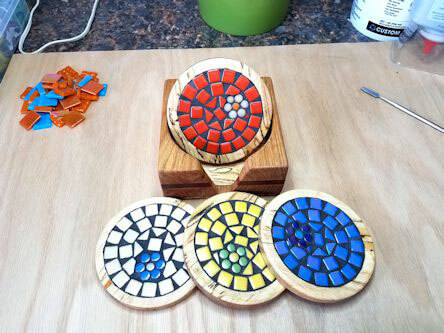
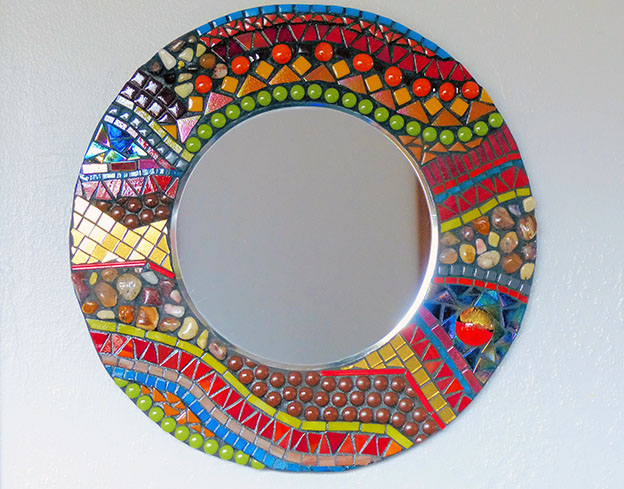

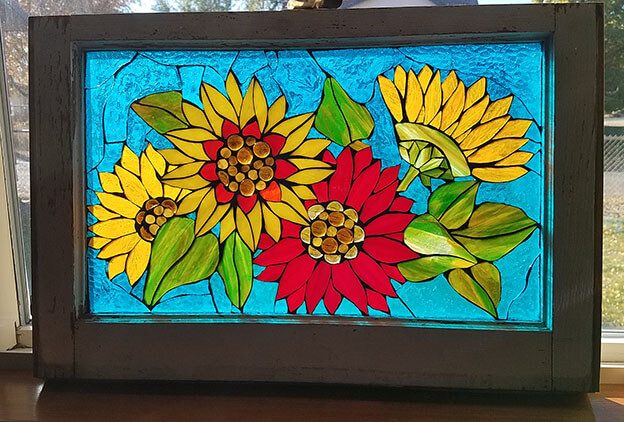
Leave a Reply